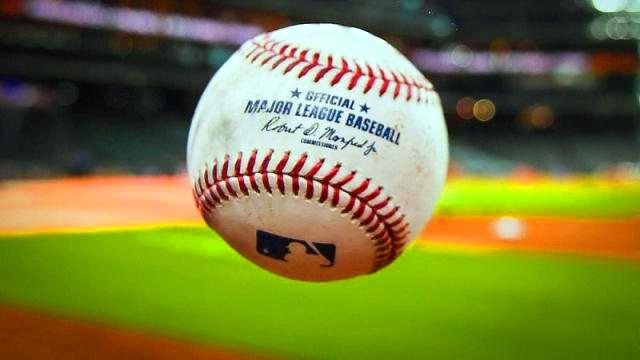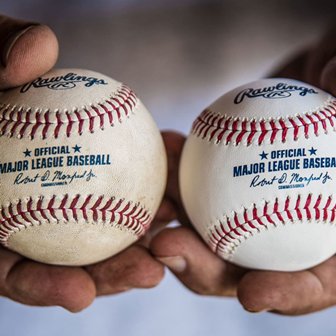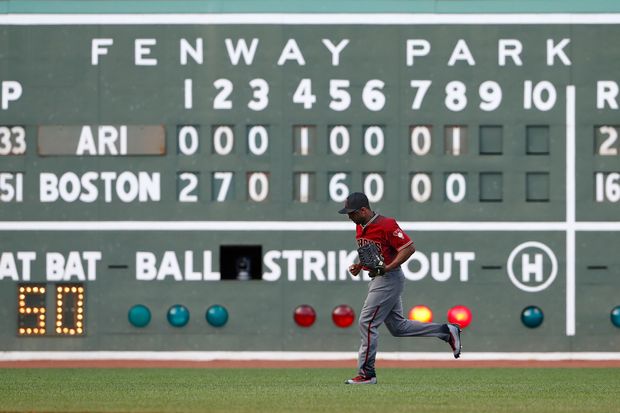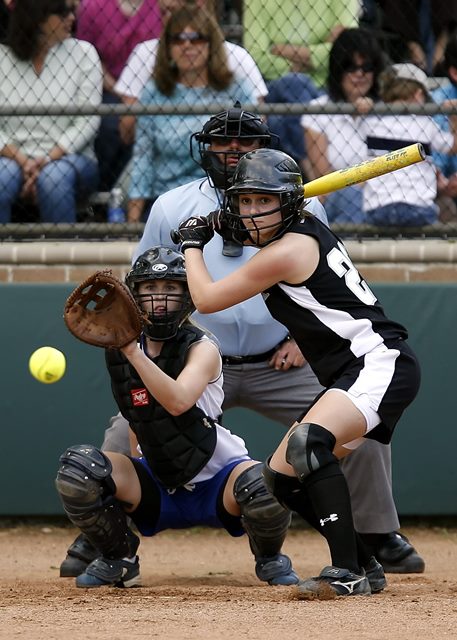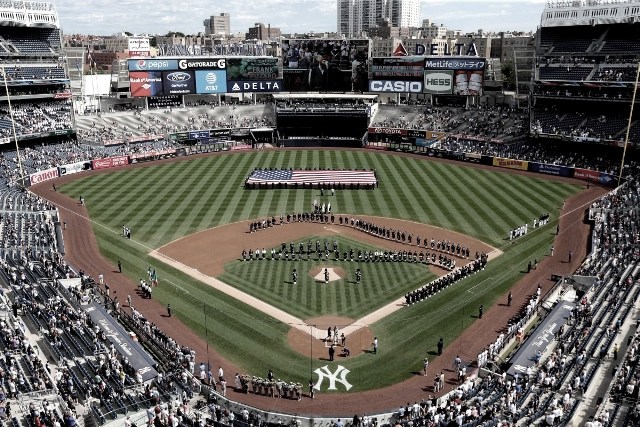How Much Does a Baseball Weigh?
Have you ever picked up a baseball and wondered how much it weighs? Or maybe you’re curious whether it has the same weight as one of those smaller training balls.
Well, the answer is no. The baseball weighs approximately around 143-145 grams. So, In this blog post, we’ll take a look at how much does a baseball weigh? Also, we have provided some historical context surrounding the topic.
So, How Much Does A Baseball Weigh?
A baseball weighs between 142 and 149 grams depending on the make and model of the ball. Regulation balls weigh approximately 143 to 145 grams (5-5.25 ounces), whereas a slightly lighter training ball may only weigh 131 to 141 grams.
The first thing we did was break down the weight data from a sample of balls with the help of a weighing machine.
Although we found many exceptions to this rule, as you can see in the chart below, there tends to be a slight increase in ball weight as time goes on.
Beginning shortly before 1950 and continuing into the 2000s, it appears that baseball manufacturers have been producing slightly heavier balls.
You can see this increase in the chart below where the average weight has increased over time.
The History Of Baseball
To comprehend the design of a baseball, we must go back in time. From the early days of dead-ball baseball to the current era of live-ball baseball, World War II, and eventually modern baseball.
In addition, we must comprehend the uniform manufacturing method used to create today’s baseballs.
Dead Ball Era
The first official baseball game was played in New York on June 19, 1846.
Referred to as the “New York game”, this game used a ball that weighed about five ounces and was made of rubber cores stuffed with yarn and covered with yellow leather.
It wasn’t until 1857 that the modern baseball design came into play. The Spalding company, which is still around today and makes a variety of sports equipment and also first to design and produce modern baseball till today.
It’s quite clear that this ball underwent many changes over time as manufacturers were constantly tinkering with aspects such as rubber cores, yarn coverings, and seams.
Although it’s easy to see that the ball has evolved over the years, many sources describe it as having more of a square shape than today’s more rounded design.
Live Ball Era
Starting in 1920, the materials used in baseball began to change over time. At this point in time, a small company based out of Massachusetts named A.J Reach & Sons.
Although their name is not well-known today, they were very successful at the time and had contracts with many professional leagues including the National League and the American League.
In 1920, Reach started using a two-piece cork and rubber core, instead of a solid rubber core from Spalding.
This new design proved to be more effective at entrapping the air within the ball which increased flight distance when hit.
The 1920s is also popularly known as the “live-ball era”. It was during this time that home runs were breaking records and fans flocked by the thousands to watch games. The dead-ball era ended abruptly around 1920 when Babe Ruth hit 54 home runs, which shattered his previous record of 29.
Following were 71 yards of Australian wool yarn, which was blue-grey in hue. The ball’s diameter was 7¾ inches and 3⅛ ounces, for a total weight of 9 ounces.
The circumference was 27 inches and the factory-sealed stitching ring measured 1⅝ inch.
American manufacturing companies such as Reach and Spalding were using many types of leather to create baseballs including cowhide, pigskin, kangaroo hide, etc.
The reason for this is that each type of leather had specific properties such as thickness, flexibility, and durability. A ball could be made differently by using a certain type of leather.
The baseball was slightly smaller than today’s ball at 7-7.25 inches in circumference and 9 ounces in weight. Then came 41 yards of white Australian wool yarn, which increased the diameter to 8⅜ inches and 3.13 pounds. It was black before, now it’s tan.
The term “beaver” refers to the tanned horsehide applied over leather. It had a thickness of 1/3 ounce and a depth of 5/100 inches.
World War II ERA
In 1941, the two-piece cork and rubber ball were replaced by a solid rubber ball. This new design was implemented to lower costs of production after World War II which started in December 1941.
After World War II, there were many significant changes happening in both baseball equipment and baseball manufacturing.
The use of leather in baseball gloves was replaced by the now-ubiquitous plastic, first developed during the war for making gun turret sights.
Another significant change was taking place in terms of baseball manufacturing that had a direct effect on ball weight.
For years, baseballs were being made by hand at Spalding’s factory just outside Chicago.
Post World War II – Modern-day Era
Starting in 1960, Reach replaced the beaver felt outer covering with a paraffin-treated cowhide.
Although not much is known about this specific change, it was most likely due to Spalding buying out Reach and taking over the production of baseballs.
In 1975, Major League Baseball decided that balls would be replaced even if they were not hit into the stands.
This decision was made following an incident where Steve Garvey of the Los Angeles Dodgers hit a ball deep into left field that struck a yellow metal railing that did not have any netting on top.
The game continued because the umpire ruled home run based on the judgement of no rule was made at that time.
A new ball design was introduced for professional play in 1993 which reduced the ball weight to 5¼ ounces.
It was made of white ash wood core wrapped with two pieces of black polyurethane rubber compound and finished in beige cowhide.
Since 1993, baseball weight has been reduced by around 7% every year. The timeline for this change is not well documented so it’s difficult to tell when the manufacturing process changed.
As of now, we can say Newer balls are noticeably lighter than older ones.
Average MLB baseball weight today
Today, a major league baseball has a radius of 3.75 inches and weighs between 5-5.25 ounces. The circumference is around 9 inches and the stitching is ¾ inch wide.
The ball is a composite of four different types of thread materials that include polyester fibres, polyurethane-coated cotton, nylon braids, and rubber-coated cotton.
As shown in the table below, there have been many changes throughout baseball history as the weight has been reduced by over 28% from the original baseball at 27 inches.
Modern-day balls are significantly lighter than those used in professional play as recently as 20 years ago by as much as half an ounce. According to studies, this could potentially have a significant effect on how players perform during games.
How To measure baseball weight?
To accurately measure the weight of a baseball, first find its circumference. Then compare it to the table below to determine the baseball weight in ounces.
The formula for circumference is 2r = p/2 or S = √πd.
For example, if the circumference of a baseball is 9 inches then it can be determined that it weighs 5 ounces because it falls in the middle of the range at 9.0 inches.
If a baseball circumference is 8 inches, then it weighs 4.9 ounces and if the circumference is 10 inches, then it weighs 6.1 ounces.
It’s common to see different figures for an average baseball weight in many sources including 4-5 ounces and 150 grams.
This is most likely caused by the fact that there are many different types of baseballs, from those used in youth leagues to those used specifically for professional play.
When measuring a baseball circumference, do not use a metal tape measure as it can actually stretch the ball ever so slightly which will give an inaccurate measurement.
A string or flexible tape measure will work best for determining circumference.
FAQs
Why is the weight of a baseball reduced every year if the size remains the same?
Batters would exert more force to make contact with the ball. However, it’s possible that the increase in weight would reduce fatigue and improve accuracy for pitchers.
Have there been any studies done on how this affects players?
There is no research that has conclusively determined that lighter balls are easier or harder to hit. One study found that when baseballs weighing 6 ounces were used, fastball pitchers had an increase of 0.5 mph in average speed.
Is there a difference between MLB regulation baseballs, minor league baseballs, or amateur ball?
There are very few differences in the materials used to make the three types of balls. The main difference is that professional balls are machine-sewn rather than hand-stitched in order to meet higher standards.
Final Words
We hope the above guide has given you a clear idea of How Much Does A Baseball Weigh? But still, if you feel we have missed something then please tell us in the comment section below.
Other Sources
- The Complete Guide On How To Choose A Baseball Bat - November 16, 2023
- How Much Does a Good Baseball Glove Cost? - July 12, 2023
- How Long Do Composite Bats last? - July 12, 2023

